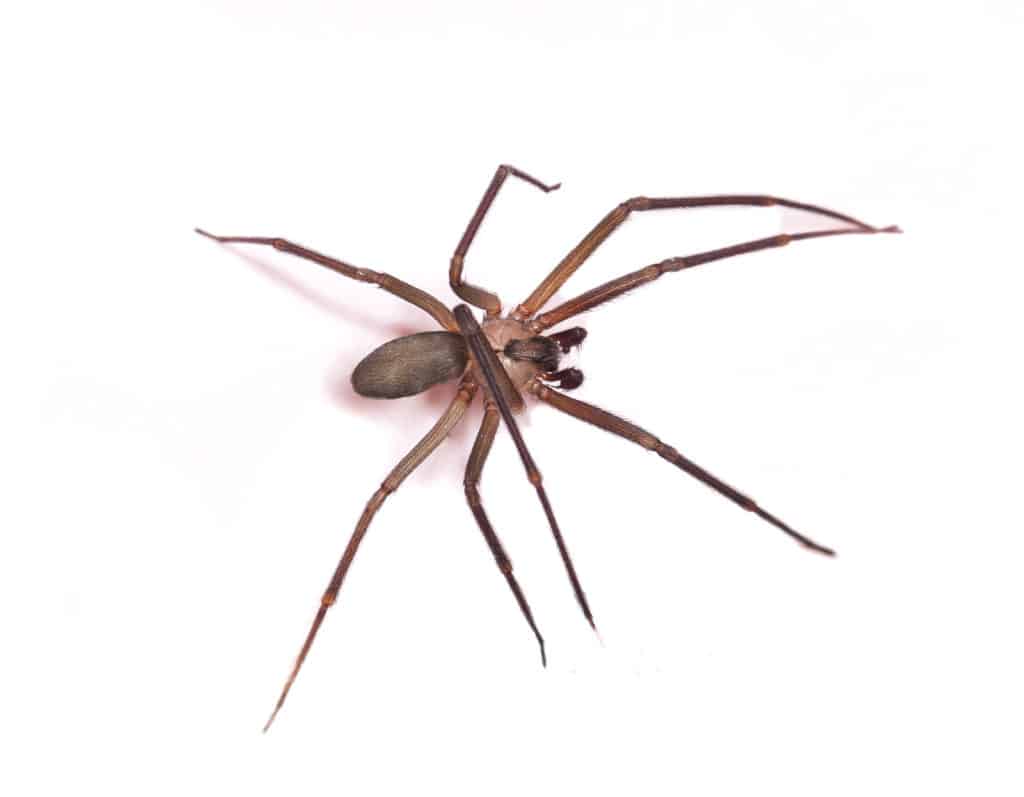Loxosceles reclusa, or the brown recluse, is a dangerous spider. While they are not necessarily deadly, they can cause great pain and infection. Here is what to expect from a brown recluse.
What Do Brown Recluse Eat?
Brown recluse spiders eat other bugs. They are hunting spiders, and go out at night to find their food. Their preferred food is crickets, cockroaches, and other bugs that crawl along the ground. While they do catch some bugs in their webs, most of their food is caught on the hunt. They are not blood-suckers like ticks, fleas, or bed bugs.
Aggression
Although they are hunters, the brown recluse is a solitary creature that likes solitude. They prefer dark, dry places and do better in areas inhabited by people, possibly because of the abundance of bugs that follow human populations. They prefer to stay out of sight and do not attack humans normally.
Breeding Patterns
A female brown recluse only has to mate once. She can then lay fertilized eggs for the rest of her life, hatching about 150 babies every year. This makes it quite easy for an infestation to get started.
Hiding Places
Since they are so solitary, you will not see brown recluse spiders in the windows or on the front porch. They prefer to burrow into unused areas of a closet, or beneath the porch or debris in the yard.
Hiding Places
The brown recluse does produce venom. While there are no recorded deaths from a brown recluse bite, they can cause tissue damage. While they do not hunt or attack humans, they will bite if they feel threatened. This usually happens if they have hidden in clothing or bedding.
Hiding Places
The bite of a brown recluse may go unnoticed. In fact, many people never realize that the small, red mark is from one of these venomous spiders. Others people will experience brief discomfort that goes away after a few hours. Yet others, though, will experience severe reactions to the venom of the brown recluse.
In these cases, a white blister may appear at the site of the bite. The skin becomes hard and bluish-gray patches developed, surrounded by bright red skin. It is sometimes called the Red, White, and Blue pattern because of this.
In some situations, a “volcano lesion” develops. In this case, the skin beneath the lesion becomes gangrenous. This will create an open wound that continues to grow to be 6 to 8 inches across, leaving scars. While no one has reportedly died from one of these bites, there are no reports regarding deaths from secondary infections.
Treatment
There is no antivenin for the bite of a brown recluse. The best course of action when bitten is to wash the spot with soap and water, place ice on it, and go to the emergency room. Doctors will usually start an immediate course of antibiotics, often administering a shot of antibiotics and/or steroids.
To get rid of pests and keep them away, call All Solutions Pest Control.
